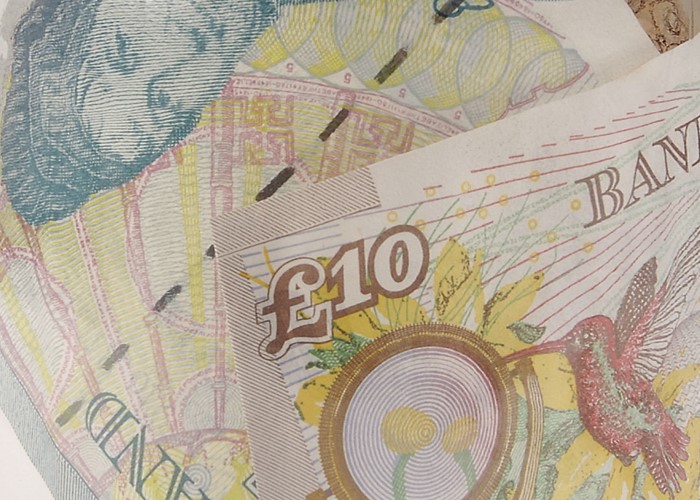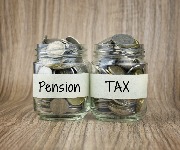Savings Accounts With Stings In The Tail

Before opening a high-interest savings account, be sure to check the small print. Otherwise, you could lose out, as this analysis reveals.
As a reformed ex-banker, one of my biggest pet hates in the world of financial services is what's known as the old 'bait and switch' trick.
Bait and switch works like this: a bank, building society or other savings provider launches a savings account which offers a very attractive headline rate and duly takes its place in the Best Buy tables. Once a flood of money has poured in and the provider has hit its funding targets, it then withdraws the account. Later, it starts sneakily cutting the interest rates on offer until they become quite ordinary, even ugly.
Thanks to a weak Banking Code, customers aren't automatically notified of every interest-rate change. Thus, many fail to spot tumbling savings rates until they've lost out significantly. Furthermore, savings providers know that many of us suffer from apathy -- a marketing word for laziness, I believe. Thus, they know that they can rely on many customers retaining their money in these stale savings accounts. In short, bait and switch is bad for savers but great for shareholders!
Furthermore, although the Bank of England's base rate is heading towards 6% a year and currently stands at 5.5%, the average interest rate paid by savings accounts is a mere 3.5% a year, according to financial researcher Moneyfacts. However, Best Buy savings accounts now offer rates in excess of the base rate and, in some cases, more than 6% a year before tax.
Hence, it's pretty clear that tens of millions of savers are losing out, because their savings aren't even keeping up with inflation (rising prices). If you're a basic-rate taxpayer (as most of us are), you lose a fifth of your pre-tax interest to the taxman. Thus, 3.5% a year turns into a mere 2.8% a year after 20% tax is deducted. For higher-rate (40%) taxpayer, the post-tax rate is a pitiful 2.1% a year.
Given that the RPI measure of inflation hit 4.5% in April, savers earning less than 4.5% a year after tax are effectively losing money, which defeats the point of saving in the first place. To beat yearly inflation of 4.5%, basic-rate taxpayers would need to earn 5.63% a year before tax; for higher-rate taxpayers, this gross rate rises to a near-impossible 7.5% a year.
So, what can we Brits do to improve the returns on our £615 billion cash pot? Of course, the simple answer is to vote with our feet by shifting our savings to accounts that pay superior rates of interest. Then again, given that there are over four thousand different savings accounts on offer, this is no easy errand.
To keep things simple, I'm going to assume that you're already a fan of cash ISAs, into which you can deposit up to £3,000 per tax year (£3,600 from 2008/09 onwards) and earn good tax-free rates of interest. In addition, I'm going to ignore a whole host of accounts, including children's, Child Trust Funds, fixed-rate, guaranteed income bonds, high-interest current, monthly interest, National Savings certificates, notice, offshore, over-50s, regular savings and TESSA-only ISA accounts.
In short, all I'm looking for today is an easy-access savings account: a safe home for your nest egg, emergency fund or rainy-day money. However, choosing an easy-access account is no pushover, thanks to various nasties lurking in the small print. Take a look at the table below:
Three savings accounts with a sting in the tail
Account | Rate (% AER) | Minimum deposit (£) |
|---|---|---|
Alliance & Leicester DirectSaver | 6.10 | 1,000 |
6.00 | 1 | |
First Direct e-Savings | 5.50 | 1 |
Source: Moneyfacts
The above interest rates look pretty tasty, right? Aha, but the sting in the tail is that these savings accounts don't pay interest in any month during which you make a withdrawal. So, withdraw a fiver and you could lose a month's interest rate on your entire balance of, say, £50,000. Taking things further, four withdrawals per year would reduce the above interest rates by a third, taking them to 4.07%, 4% and 3.67% respectively.
If truth be told, I'd argue that these accounts are not easy-access savings accounts at all, since they levy withdrawal penalties. Given that you may need to dip into your emergency fund from time to time, I wouldn't consider storing your rainy-day money in these three accounts.
What's more, I'd avoid other gimmicks, such as short-term introductory bonuses which push mediocre accounts into the Best Buy tables. For me, the best home for my spare cash would be one of these two no-strings, penalty-free savings accounts:
My two favourite savings accounts
Account | Rate (% AER) | Minimum deposit (£) | Notes |
|---|---|---|---|
6.05 | 1 | Rate guaranteed to be at least 0.25% above base rate until 31/12/07. | |
5.95 | 250 | Rate guaranteed to be at least 0.25% above base rate until 01/10/09 and then at least equal to base rate until 01/10/11. |
Source: The Motley Fool's savings search engine
So, don't be duped into opening a savings account by an eye-catching headline rate of interest. If you don't want a nasty surprise further down the line, then take the time to scour the small print. Also, watch out for those annoying asterisks, which always bring bad news!
More:The Saver's Greatest Enemy | Earn 7.5% On Your Savings!
Most Recent
Comments
Be the first to comment
Do you want to comment on this article? You need to be signed in for this feature








